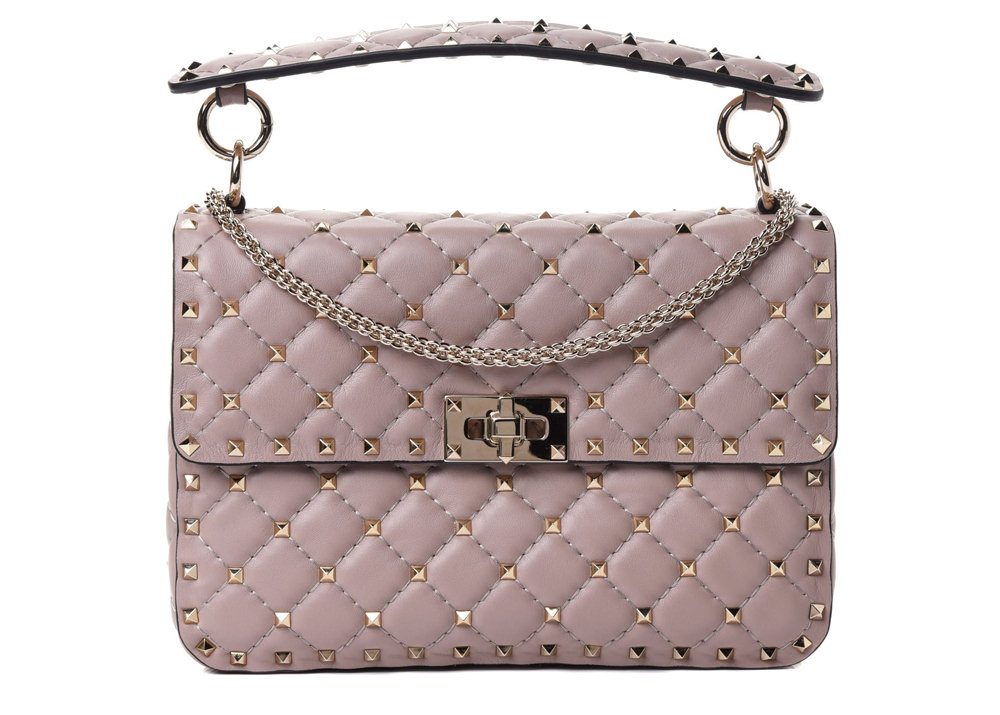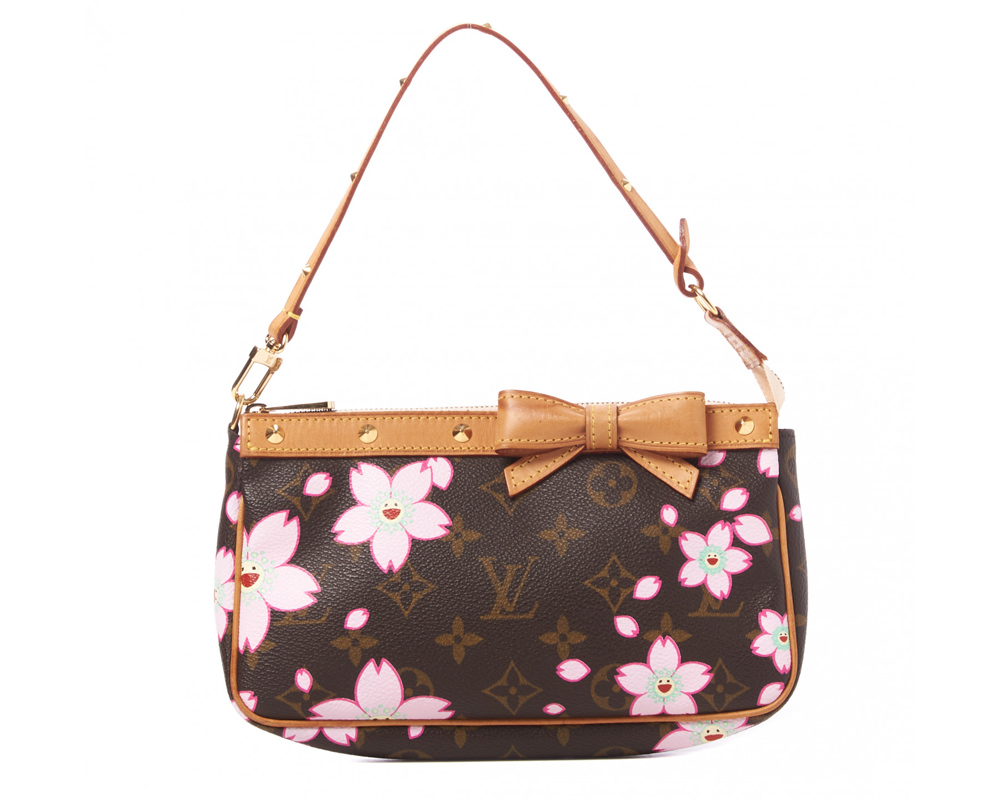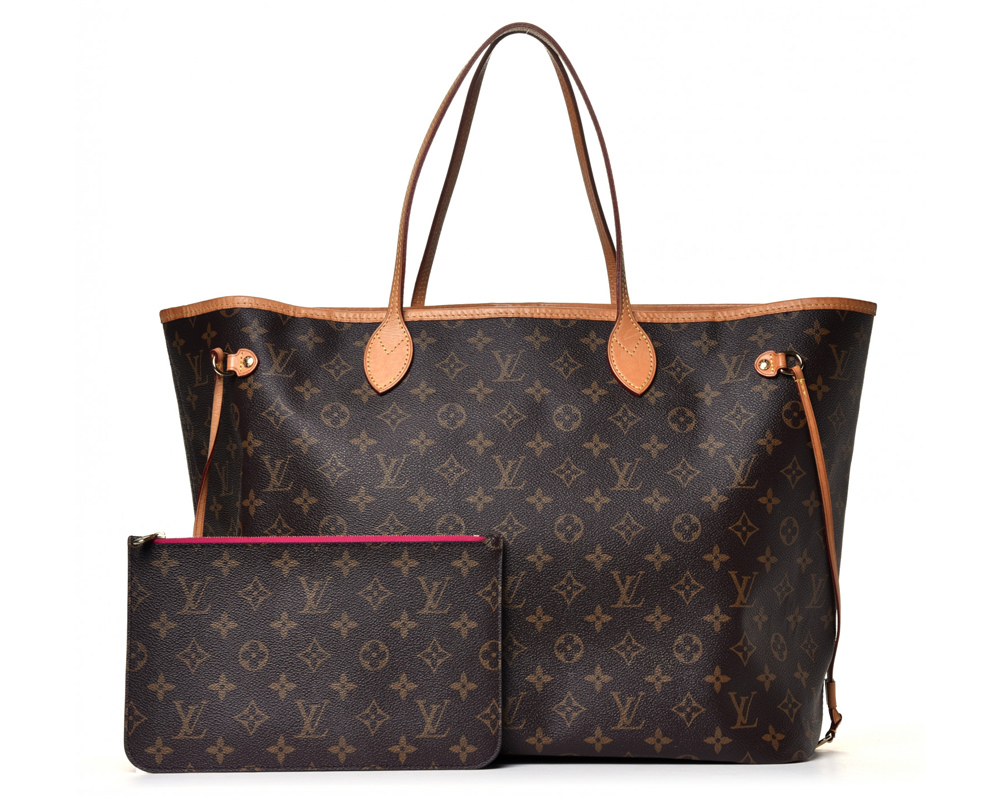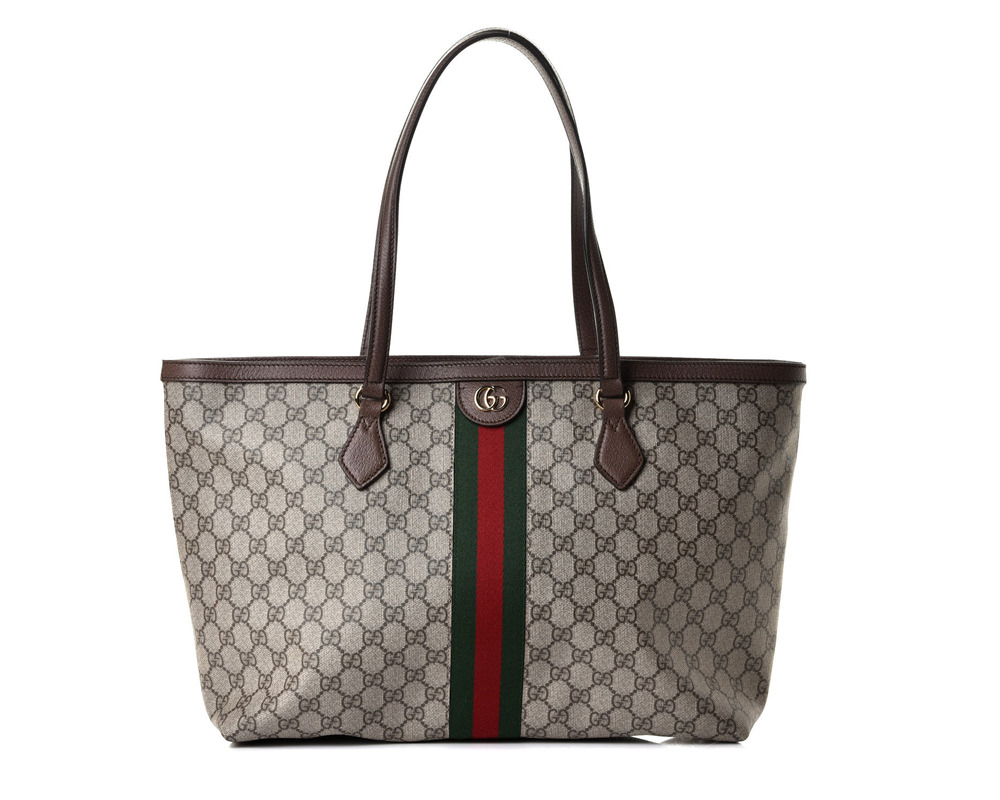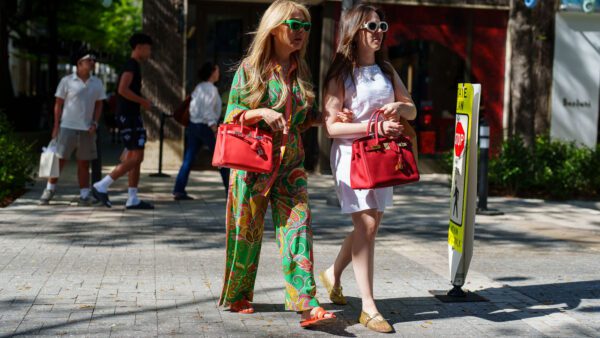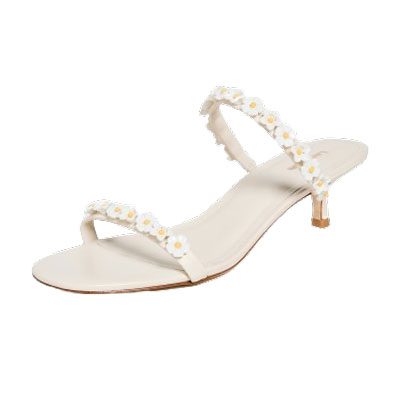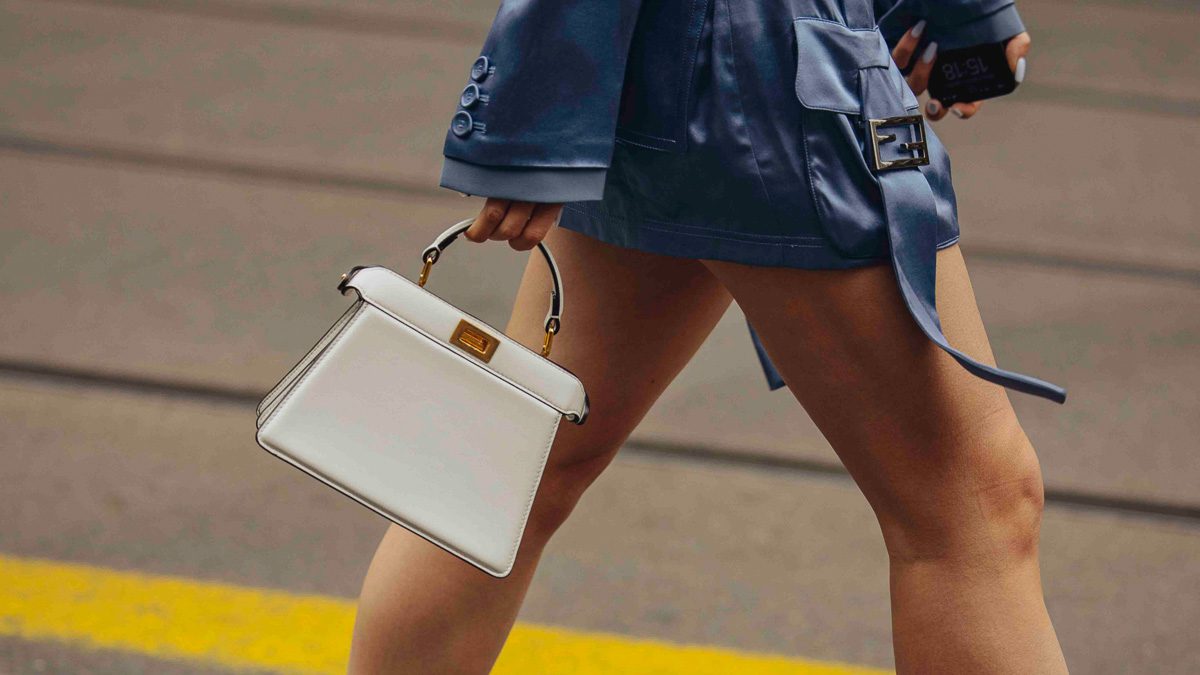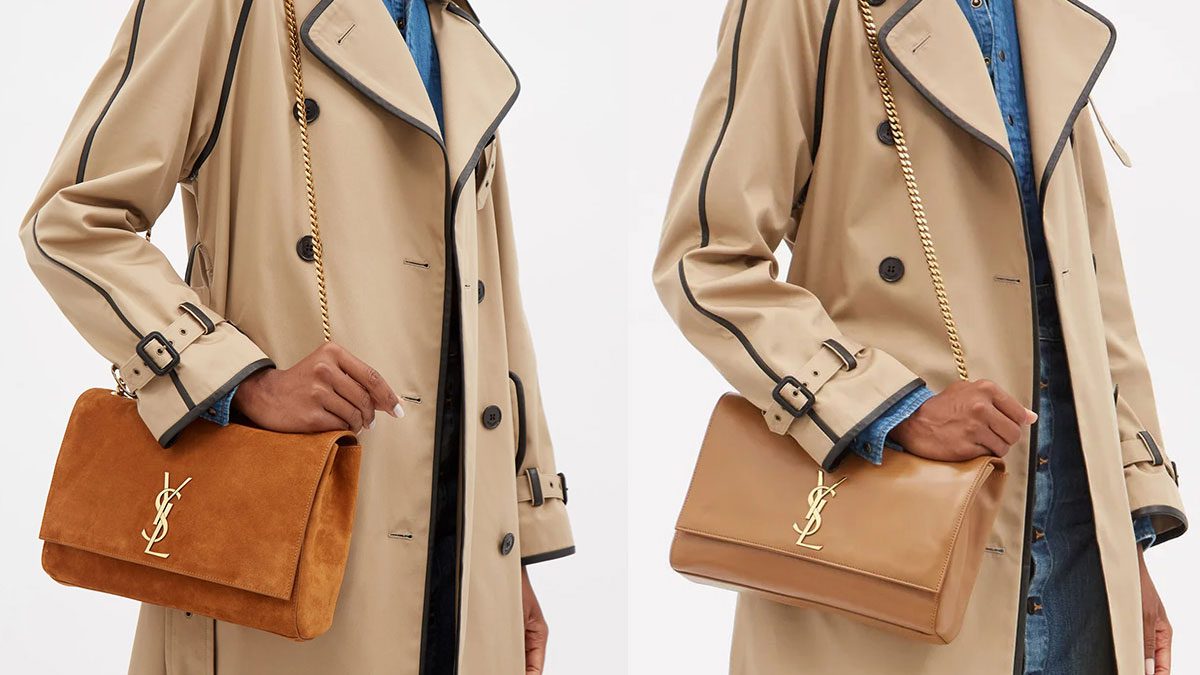We’re all aware by now of how awful counterfeits are: they support terrorism, endorse harmful environmental and labor practices, violate copyright laws, and offset what progress the fashion industry is making in terms of sustainability. We have also learned to (mostly) keep ourselves from purchasing counterfeits (no matter how tempting that Lady Dior going for £30 looks).
But while we do know the drill when it comes to counterfeits, there’s an entirely different game going on between luxury fashion houses when it comes to “inspired” or imitated designs, i.e., ones that are not strictly replicas, but, for all intents and purposes, essentially the same bag. So how do these “inspirations” not violate the laws that counterfeits traditionally do? Well, Amanda aptly pointed out here, and I quote,
“…trademark protects registered brand identifiers (the Louis Vuitton monogram, for example), while copyright protects intellectual property and creative work (the overall design and shape of the Speedy bag). Just like any other business, fashion designers enjoy trademark protection on their names and logos, but unlike musicians and writers, they don’t have any copyright protection on their work. According to the law, fashion is classified as too utilitarian to receive additional protection.”
It is this advantage that “inspired” designs take, especially to cash in on trends. Pouch bags were popularized in the late 60s and early 70s, though the first major designer to introduce one to its lineup was Maison Margiela. Now, the shape is imitated by the likes of Marc Jacobs, Mansur Gavriel and of course, Bottega Veneta. In fact, if it wasn’t for these designs, this trend wouldn’t probably be a trend at all. Because, you know, there wouldn’t be enough supply for the demand. Or we’d end up with something along the lines of the Birkin. I’m digressing.
But this game of imitations isn’t, in fact, a new phenomenon in the handbag world. Brands have been copying themselves for a while now, like the current obsession with reviving archival designs, which technically should classify as imitations. What we’re interested in, however, are the handbags that have most commonly spurred imitations from other, mostly contemporary (but also sometimes luxury) brands throughout the ages. So, without further ado, let’s dig in!
The Hermès Birkin
While the crown of “The Most Counterfeited Bag Ever” would arguably go to the Chanel Flap, that of the most “imitated” bag would, also arguably, go to the Birkin, because not only do you come across its countless dupes from contemporary labels, like the Michael Kors Hamilton or the Tory Burch Lee Radziwill, but also from the more higher-priced segment, like the Saint Laurent Sac de Jour, the Mulberry Bayswater, the Ralph Lauren Ricky and the Dior Diorever. The Hermès Kelly, by comparison, has had much fewer spinoffs like it, but one of the closest resemblances is the Chanel “Kelly” (though Chanel never officially called it by this name).
Chanel Classic Flap
I mean, really, who hasn’t copied the quilt, right? Everybody has some version of it in their lineups, whether on purses, shoes, or ready-to-wear, but we’re interested in purses (of course). Just take Chanel’s Flap and put a bunch of studs on it, and BAM! You’ve got the Valentino Rockstud Spike Bag. Bet you didn’t see that coming. Plus, even the Lady Dior might have taken some inkling of inspiration from Chanel for its Cannage pattern (but of course, we believe that it originally came from the Napoléon III chairs in Christian Dior’s Avenue Montaigne residence).
Fendi Baguette
Small armpit bags have been around since the 50s, but hit the luxury fashion scene thanks to Fendi. Ever since this ultra-desirable purse came out in 1997, it has been spurring imitations to date, and in fact, some of its more premier “inspired” counterparts have branched out to create their own array of imitations. The Dior Saddle of 1999, for example, capitalized on essentially the same design, both ending up getting featured on Sex and the City. On the other hand, the mini Dior Saddle/Pochette can be described as Dior’s version of the uber-cool and Mean Girls-famed Louis Vuitton Pochette. Fast forward to 2019, where you attach a strap, a phone bag, and a coin purse to an LV Pochette, and suddenly you’ve got the Multi Pochette Accessoires. The bag may have originated with the classic Pochette, but the Multi Pochette is actually rumored to be inspired by military tactical bags that allow you to customize your carry.
Cher Horowitz’s Mini Backpack

What brand was it from? Nobody seems to know. But that didn’t stop Prada from developing a mini-version of its utilitarian nylon backpack, or Gucci to make a mini bamboo backpack, or Louis Vuitton from slapping logos on one and calling it the Palm Springs (why is it called that?), and before you know it, virtually every designer is racing to shrink their backpacks. But this time the list of designers who seem to feel “inspired” is literally endless: which brand doesn’t have one in their lineup? Apparently none.
Monogram Coated Canvas
Louis Vuitton and Goyard did it first with trunks, and soon Gucci and Fendi followed suit, and then Michael Kors, Tory Burch, and Coach joined in on the fun. So did Givenchy at one point, and now Balmain is doing it too (which looks suspiciously like Givenchy), and suddenly Gucci and Guess are suing each other over how similar their all-over G’s are. Am I the only person who finds this funny?
Maison Margiela Glam Slam
At some point, the Glam Slam bag by Maison Margiela and the oversized luscious leather clutch from Max Mara’s Pasticcino range converged to form The Bottega Veneta Pouch and the subsequent pillow/puffer bag trend that Marc Jacobs’ models actually appeared to be asleep on. Now, everybody from Saint Laurent (with the puffer Loulou) to Chanel (the 19) and Fendi (the First bag) is in on it. This is undoubtedly the most comfy trend of the bunch.
The Dior Book Tote
Until recently, it seemed like bags couldn’t get any smaller, but Jacquemus and Chanel continuously proved us wrong. But in 2018, Maria Grazia Chiuri provided us with the antithesis of the micro bag and introduced the Dior Book Tote – a huge, spacious and decidedly square/rectangular tote and soon, we saw inspirations of it coming from all different directions, like the Louis Vuitton OnTheGo and the Balenciaga Bazaar. Bonus points if you also manage to emblazon the logo in bold letters across the front, like the Fendi Sunshine Shopper.
It has been argued that there is little originality left in fashion, and replicating and imitating seems to be the way forward. But is it something that should be demonized? I’m not so sure. Back in the era of It-bags, designers were always burdened with the task of coming up with the next “new” thing, which led to frankly painful (and sometimes questionable) purses like the Chloé Paddington, the Louis Vuitton Motard Firebird or the Moschino Trash-can. Now, however, we’re moving to a friendlier market where you can explore the same style from various brands and, when it comes to the contemporary market, for buyers to experiment with a particular trend before spending thousands on something they might not end up liking eventually.
Anyway, hasn’t fashion traditionally been inspired by nature/people/architecture? So what’s wrong with taking an idea or two from other designers? Isn’t imitation the sincerest form of flattery? And more importantly, isn’t the market big enough for all the brands out there?




